Xona raises $19 million Series A funds for satellite navigation service
Wednesday, 08 May 2024 12:00

Where space weather starts
Wednesday, 08 May 2024 11:43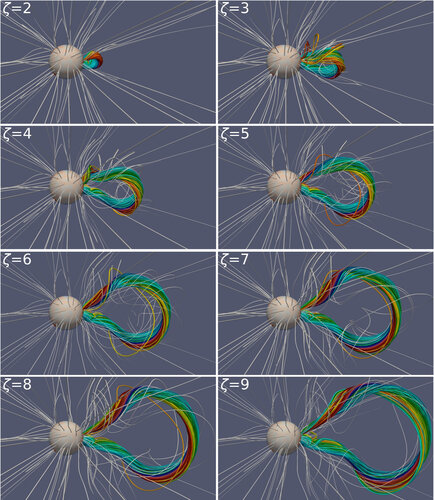 Image:
Where space weather starts
Image:
Where space weather starts Chang’e-6 enters lunar orbit ahead of far side landing attempt
Wednesday, 08 May 2024 09:25

Space Team Europe for Ariane 6: Aline Decadi
Wednesday, 08 May 2024 09:00 Video:
00:03:47
Video:
00:03:47
They say it takes a village to raise a child. To launch a rocket, we have the combined expertise and passion of Space Team Europe. Aline Decadi is one of many making the first Ariane 6 launch possible and has been interviewed as part of a series highlighting some of the people that make up this dream team.
Working for ESA, Aline Decadi is Launch System Dependability and Safety Lead engineer on Ariane 6 meaning her role is to predict what could go wrong at any moment to protect the people working at Europe’s Spaceport. Passionate about space
Boeing's first astronaut launch is off until late next week to replace a bad rocket valve
Wednesday, 08 May 2024 06:24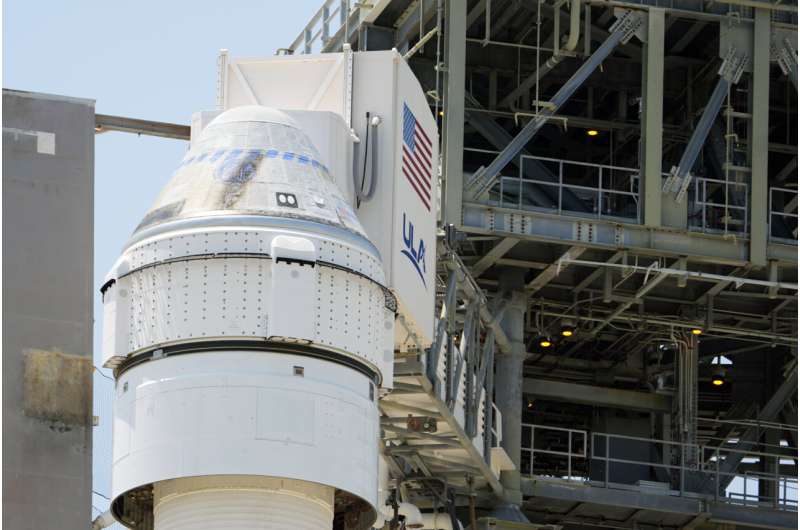
Boeing's first astronaut launch is off until late next week because of a bad valve in the rocket that needs to be replaced.
Watch live: Workshop on Machine Learning for Earth System Observation and Prediction
Wednesday, 08 May 2024 06:00
Watch live
ESA-ECMWF workshop on machine learning for Earth system observation and prediction
Ariane 6 launches 3Cat-4: reflecting on Earth
Wednesday, 08 May 2024 05:59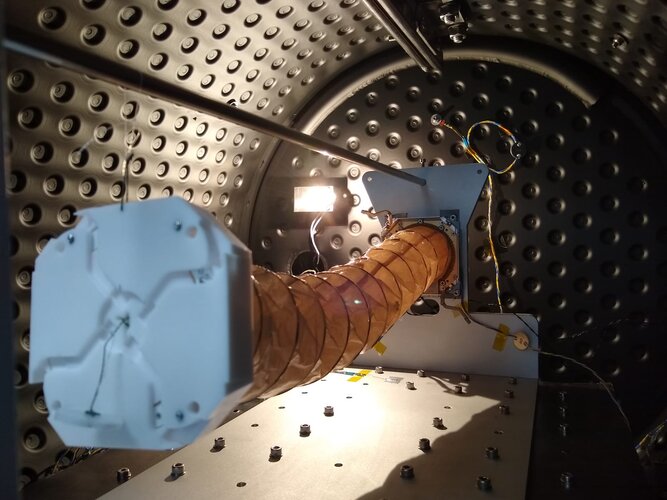
Europe’s newest rocket soon launches, taking with it many space missions each with a unique objective, destination and team at home, cheering them on. Whether launching new satellites to look back and study Earth, peer out to deep space or test important new technologies in orbit, Ariane 6’s first flight will showcase the versatility and flexibility of this impressive, heavy-lift launcher. Read on for all about 3Cat-4, then see who else is flying first.
Report recommends major expansion of Florida seaport to support space industry
Tuesday, 07 May 2024 17:20

Boeing Starliner crewed mission postponed until at least Friday
Tuesday, 07 May 2024 16:26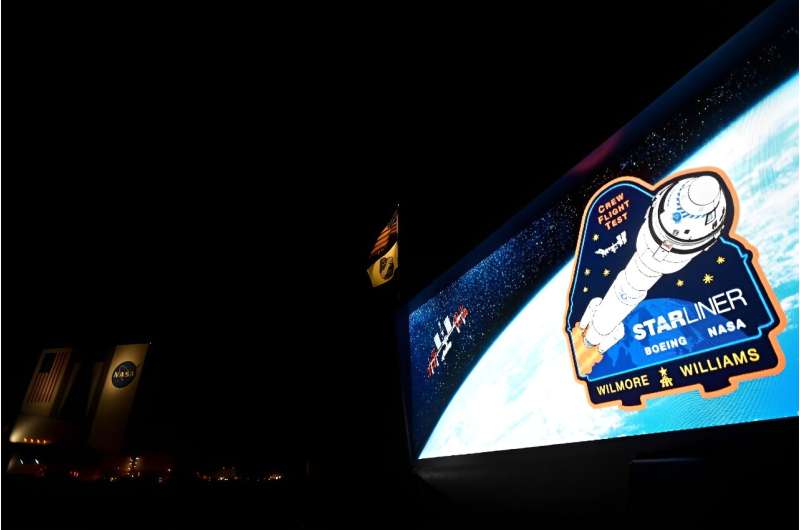
The first crewed launch of Boeing's Starliner spaceship will have to wait until at least Friday to give ground teams time to analyze a malfunctioning rocket valve, pushing back a high-stakes test trip to the International Space Station.
The mission has already faced years of delays and comes at a challenging time for Boeing, as a safety crisis engulfs the century-old aerospace titan's commercial aviation arm.
NASA is also banking on Starliner's success in order to achieve its goal of certifying a second commercial vehicle to carry crews to the orbital outpost.
Billionaire's 2nd SpaceX trip featuring spacewalk aims for early summer launch
Tuesday, 07 May 2024 16:17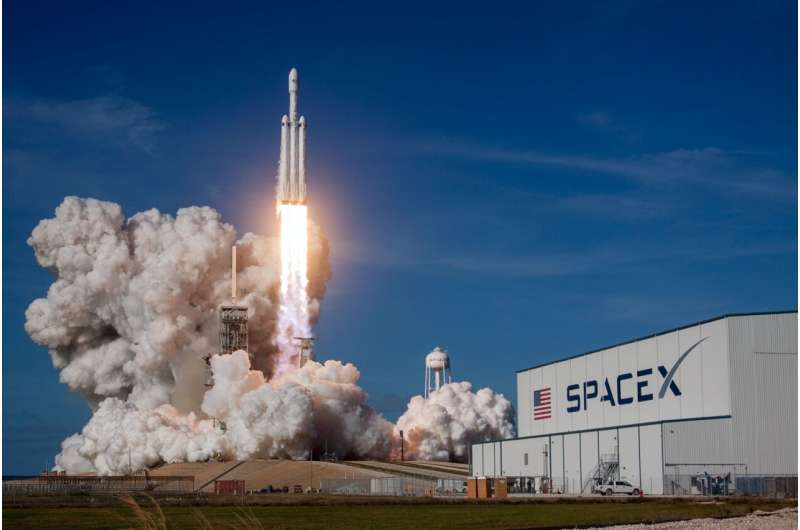
Billionaire Jared Issacman, who flew to space once with SpaceX, is already set for launch No. 2 in early summer.
The mission calls for new spacesuits introduced this past weekend designed so the crew can survive the plan to suck out all of the air of the spacecraft and allow Issacman and a crewmate to make the first commercial spacewalk in history.
Flying on the Crew Dragon Resilience again, the mission dubbed Polaris Dawn is the first of up to three flights Issacman wants to fly, culminating in what is supposed to be the first crewed mission of SpaceX's Starship.
For now, though, the mission has to use SpaceX's existing rocket options, so he and his three crewmates will launch atop a Falcon 9 from Kennedy Space Center's Launch Complex 39-A. It will mark Issacman's return after his Inspiration4 mission in 2021.
That flight featured three crewmates chosen through a series of contests and fundraisers as well as a representative of his altruistic target, St. Jude Children's Research Hospital.
His crewmates for Polaris Dawn include two SpaceX employees and one of Issacman's pilot friends.
Video: Using a hopping robot for asteroid exploration
Tuesday, 07 May 2024 16:16Use this form if you have come across a typo, inaccuracy or would like to send an edit request for the content on this page. For general inquiries, please use our contact form. For general feedback, use the public comments section below (please adhere to guidelines).
Please select the most appropriate category to facilitate processing of your request









